American Samoa becomes third US territory to be destroyed by a storm in less than 6 months
This past Friday, February 9, 2018, the US territory of American Samoa was hit by one of the worst storms it has seen in the past 60 years. Gita, as the cyclone has been named, has dealt vast damages to a plethora of pacific island nations, and as of now there is no concrete information on the total number of victims, though damages are evident. This Sunday, President Trump approved a disaster declaration, acknowledging that American Samoa is in a state of emergency.
As confirmed by Lt. Gov. Lemanu Peleti Mauga, widespread damages have been caused, and large swaths of infrastructure were rendered at least temporarily inactive: It wasn’t until Sunday that 60% of American Samoans regained access to power. Quite satisfied with the President’s response, Delegate for American Samoa Aumua Amata (R) noted, “[I] saw the damages first hand throughout the community that are affecting my neighbors and constituents. I greatly appreciate…President Trump’s quick response on behalf of our people…”
No deaths have yet been reported in American Samoa as a result of the Gita cyclone, a category 4 storm (on a 5-point scale). The storm went on this weekend to wreck the island nation of Tonga’s House of Parliament. Though some 300 people were reported to have evacuated the American Samoan capital to avoid the storm, they are already returning in the wake of the damages, which are still being assessed.
Trump’s signature and approval of a disaster declaration involving the incident is no small act: Without having done so FEMA (the Federal Emergency Management Agency) would not have been authorized to mobilize emergency protective measures to provide the necessary resources to prevent further damages to infrastructure post-collision. In the wake of the storm, however, and in response to the President’s quick act of declaring a state of disaster in American Samoa, it has to be wondered whether similar states of urgency will apply to all US territories in the future (and, indeed, reflecting back on the incidents in Puerto Rico and the US Virgin Islands earlier last year).

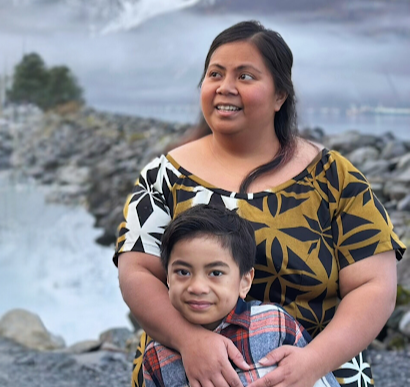
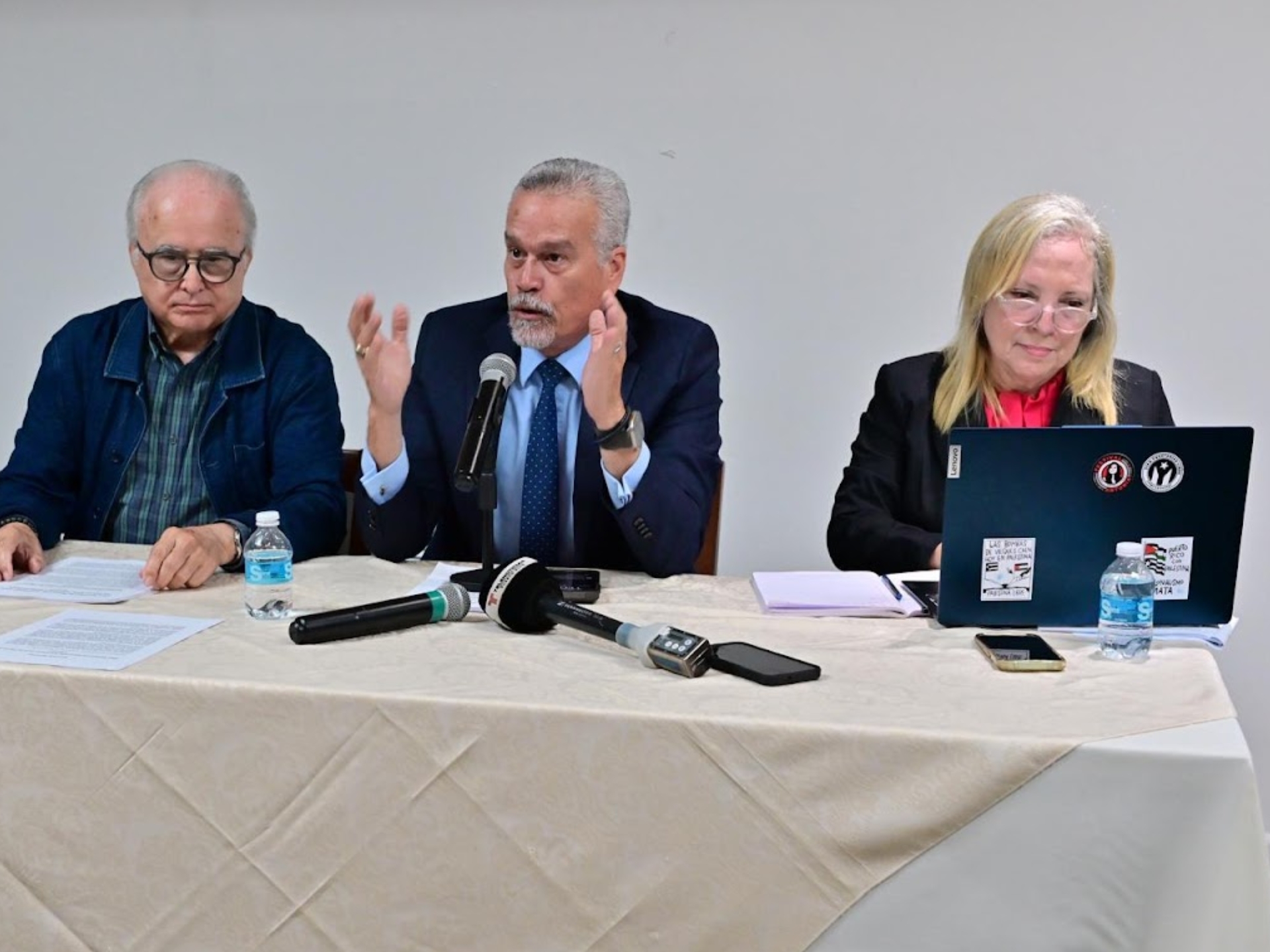

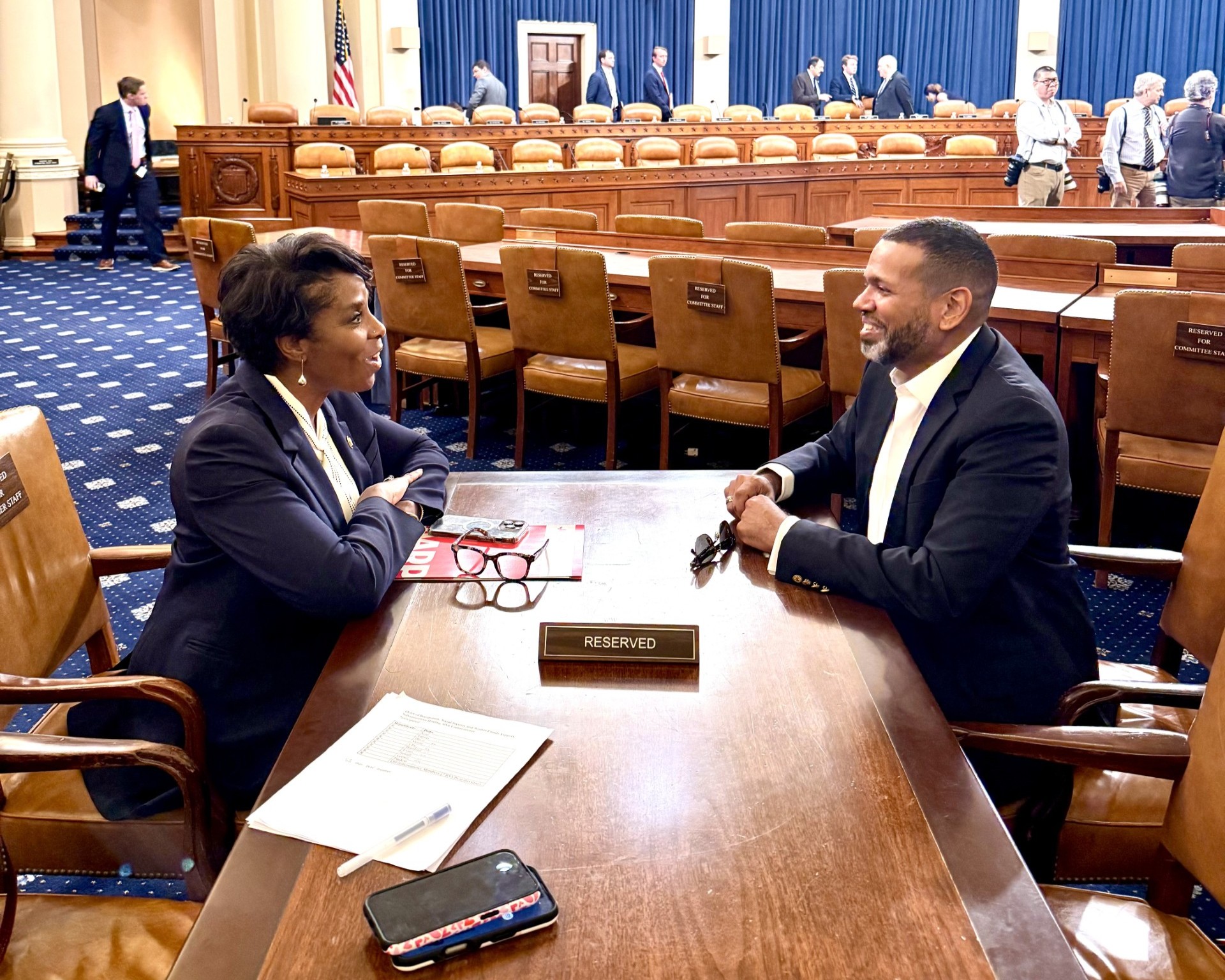

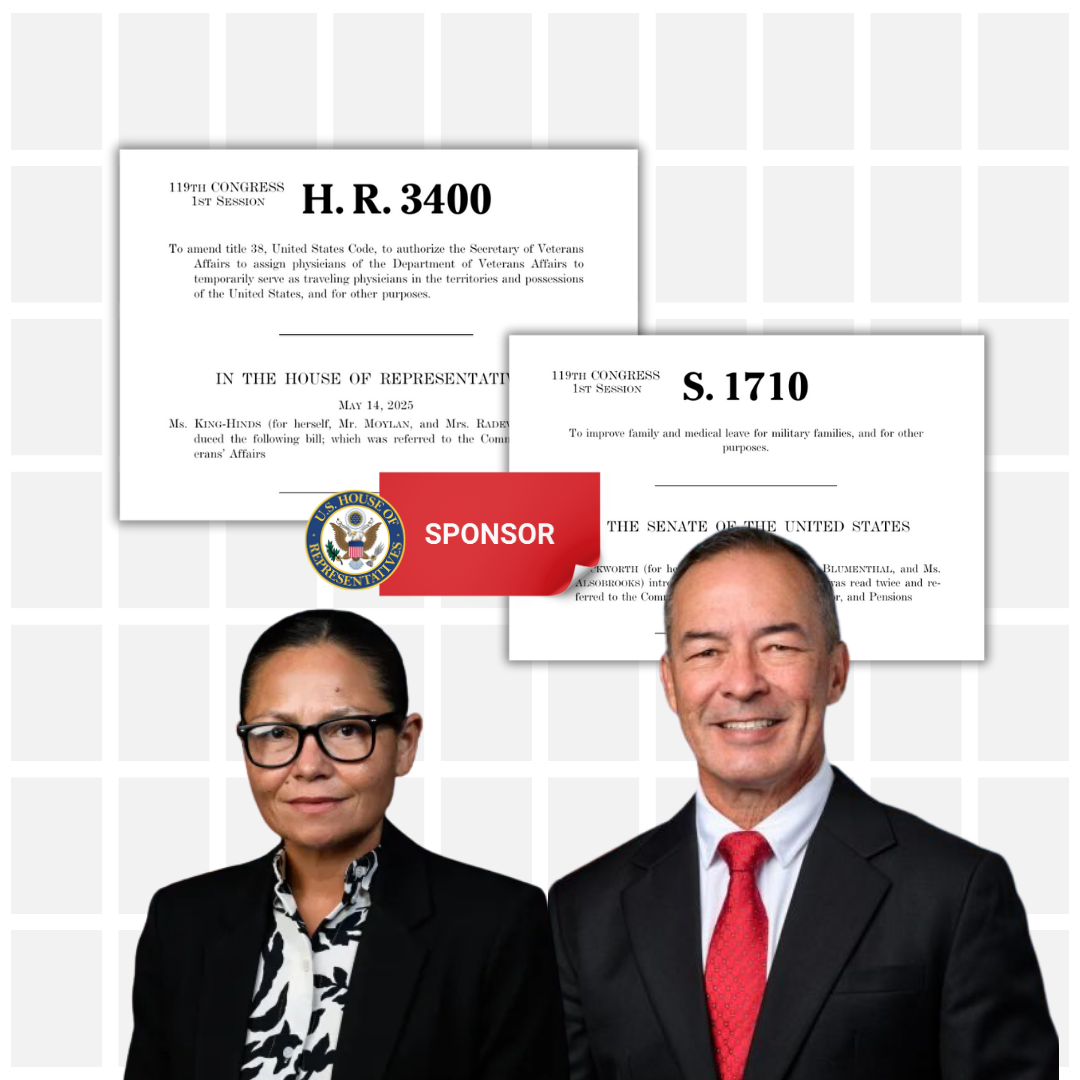
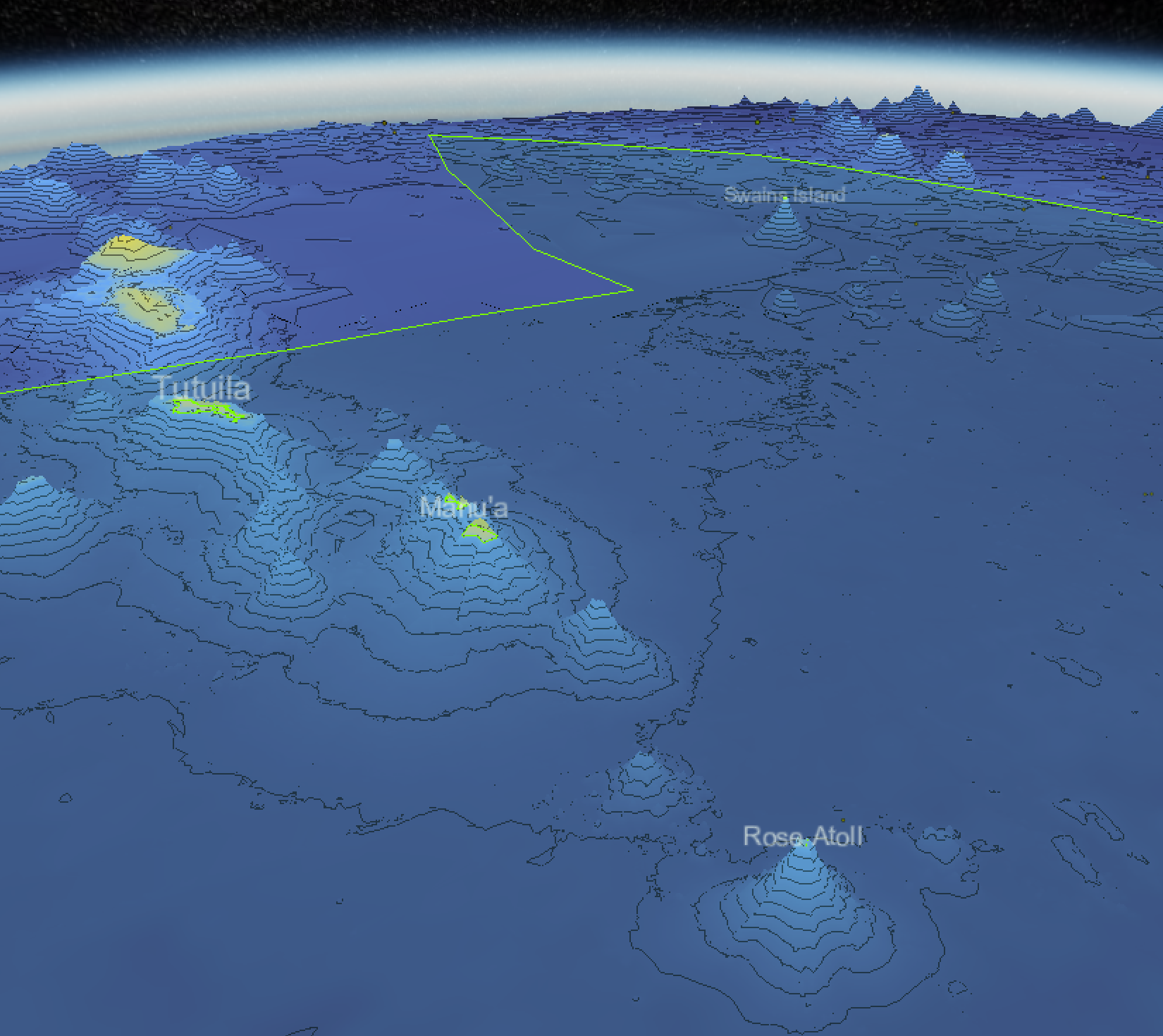
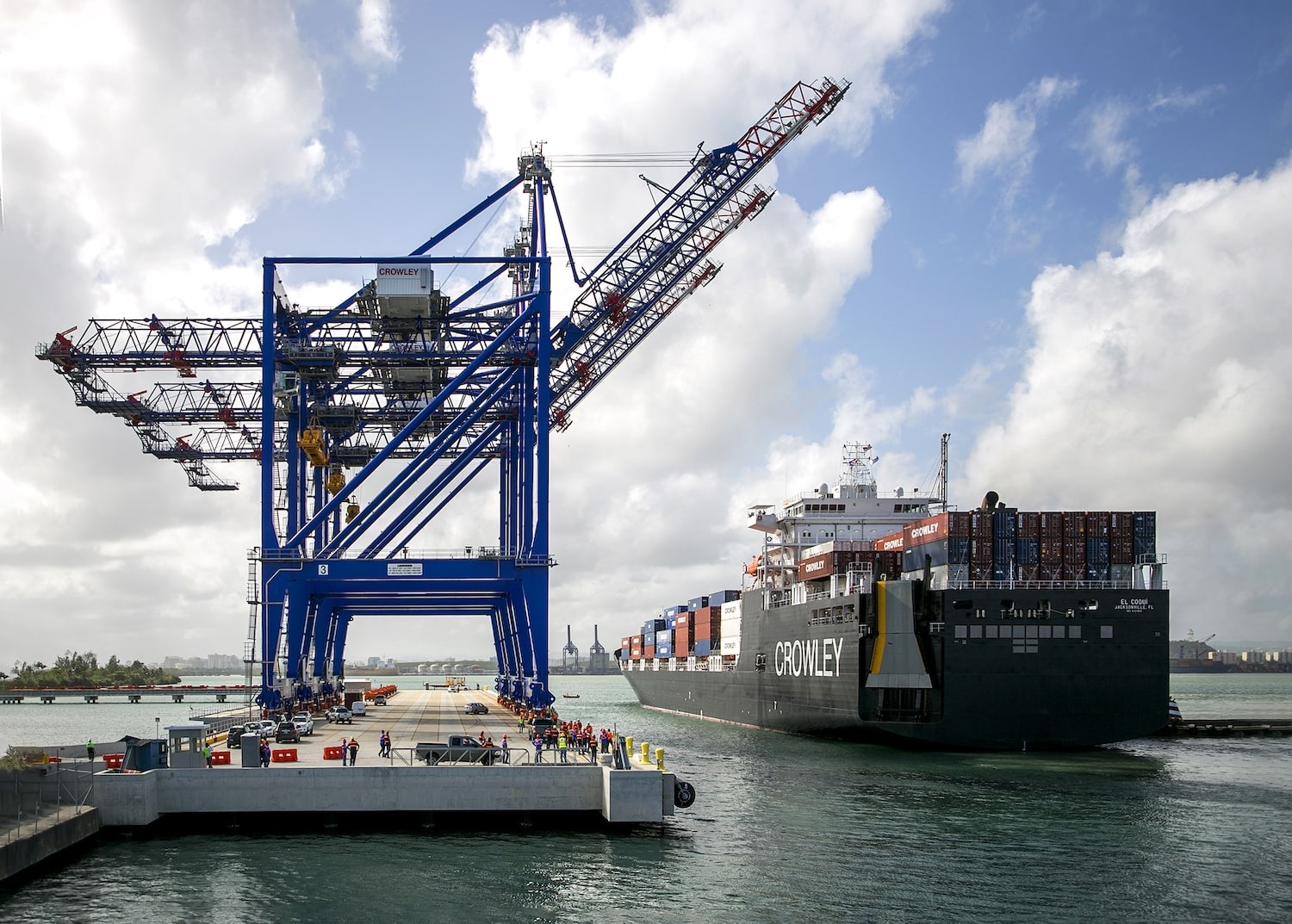
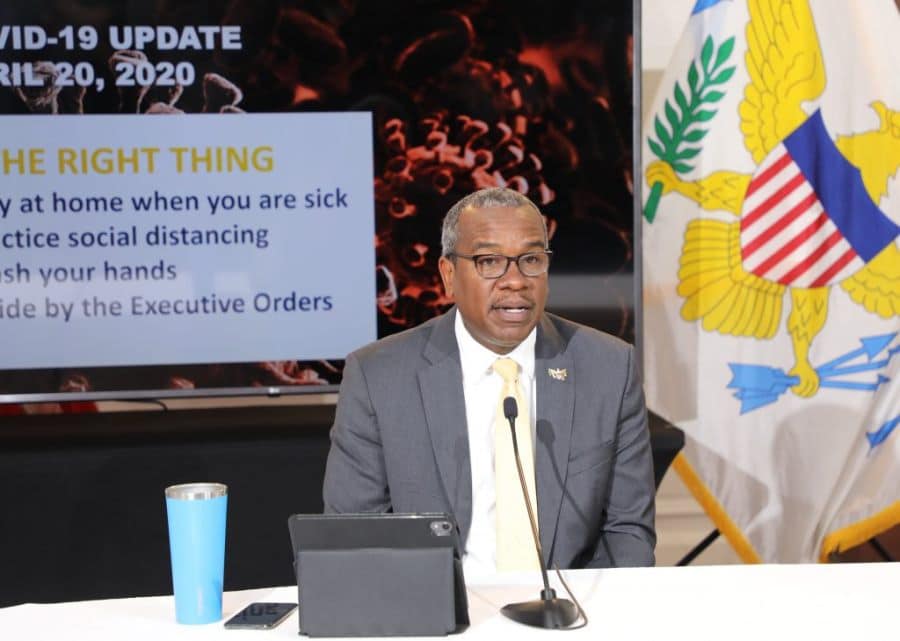
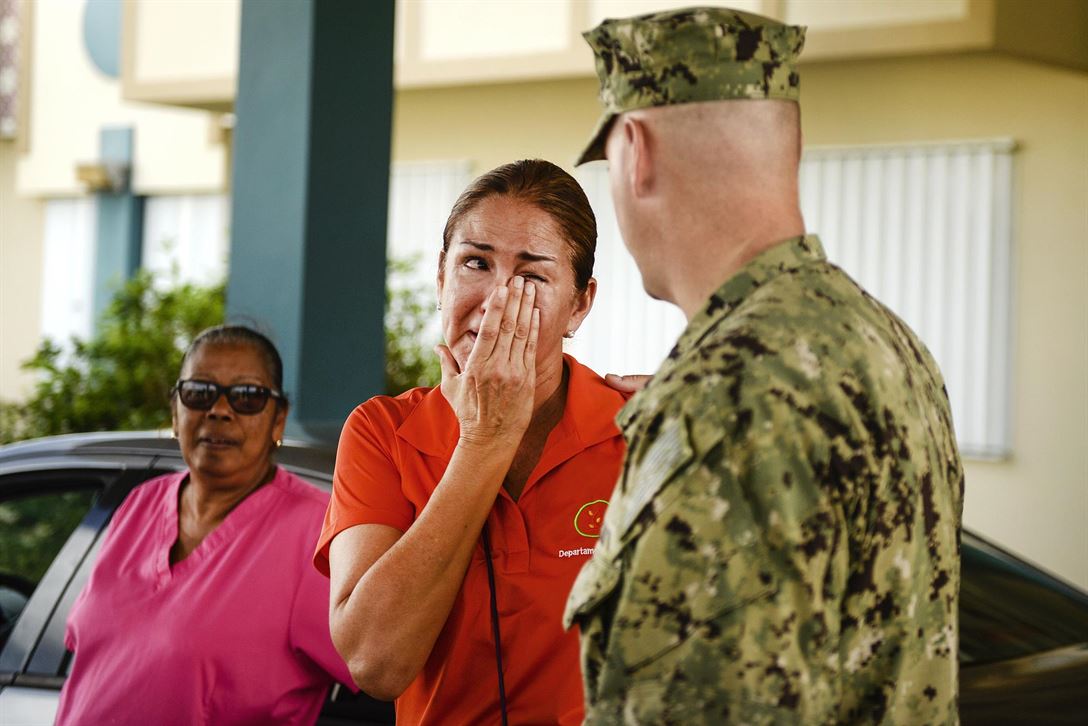
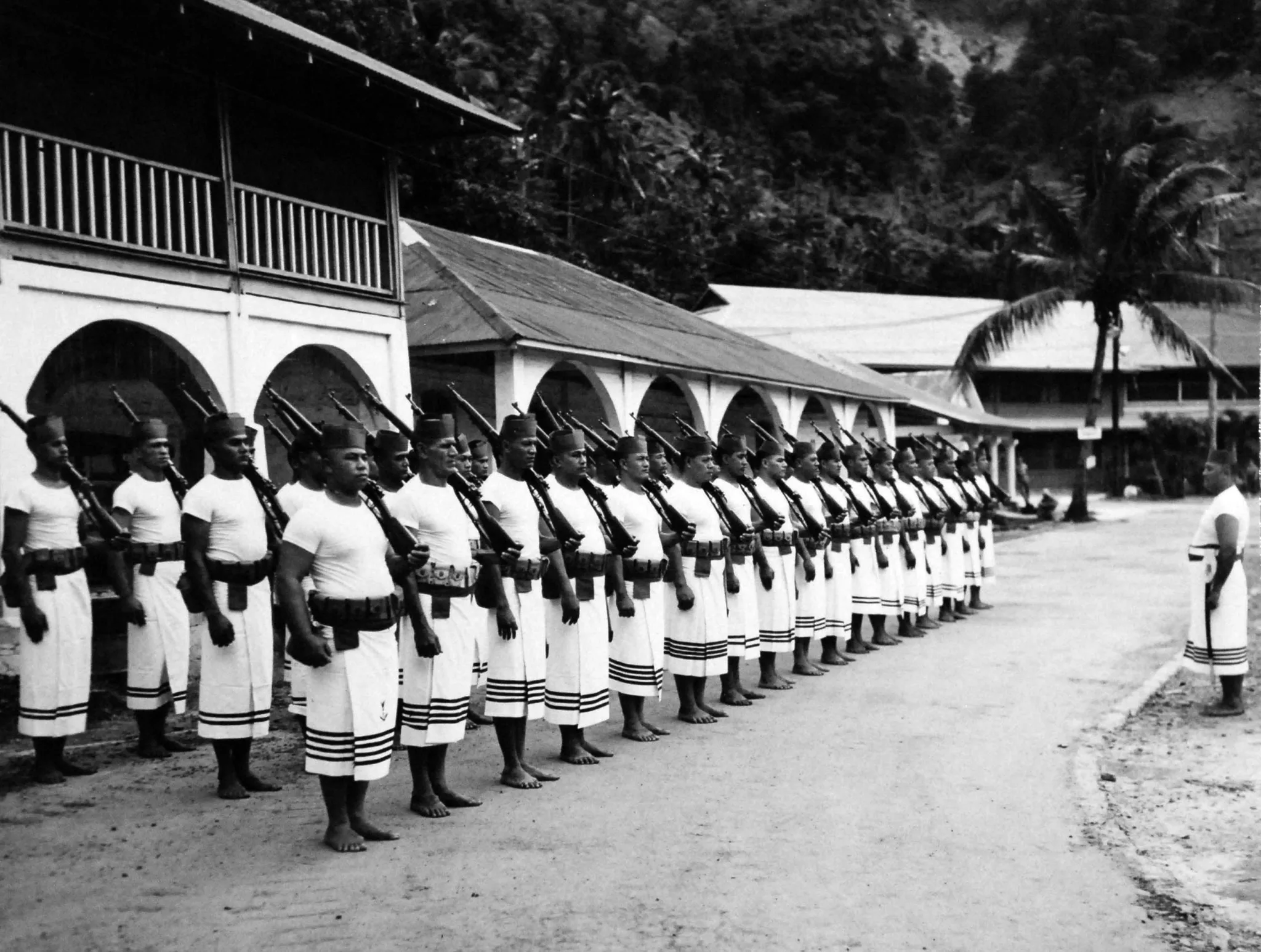
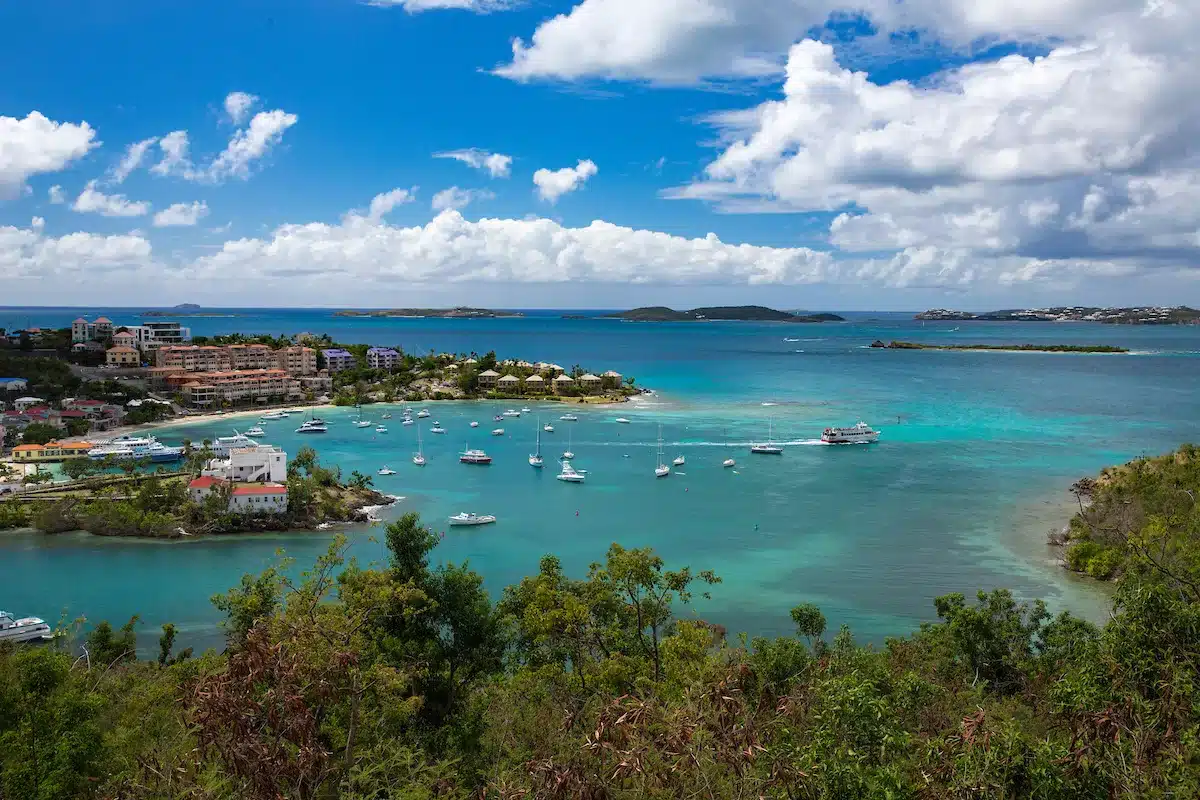

Trackbacks/Pingbacks